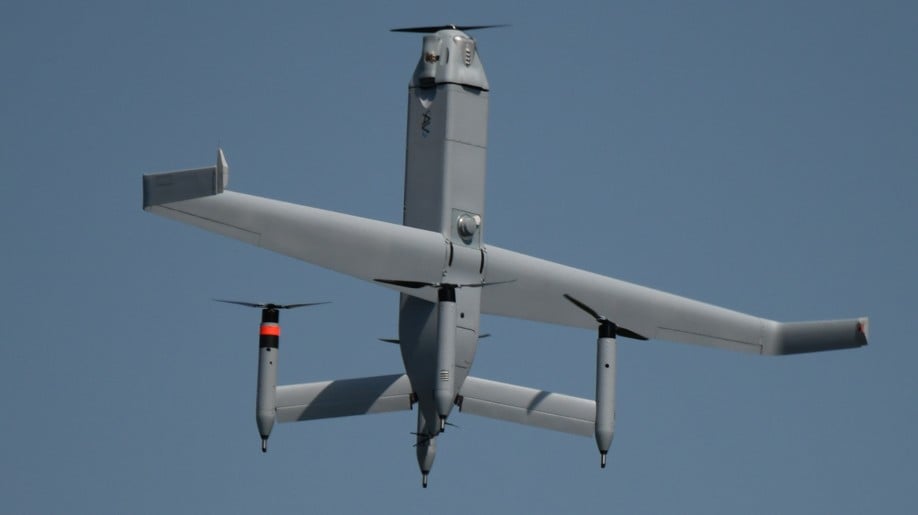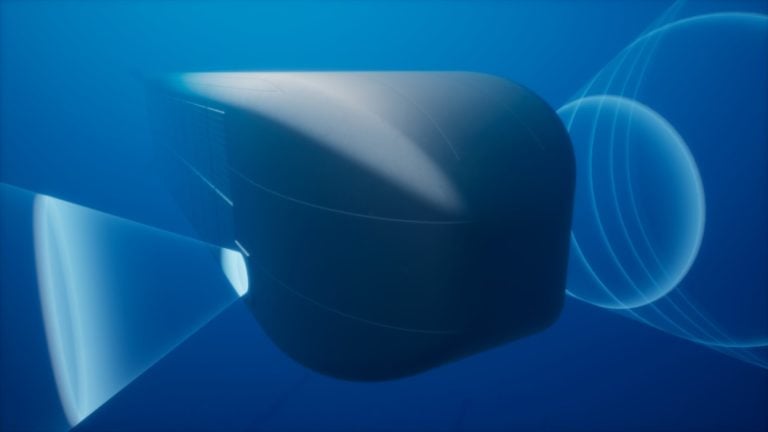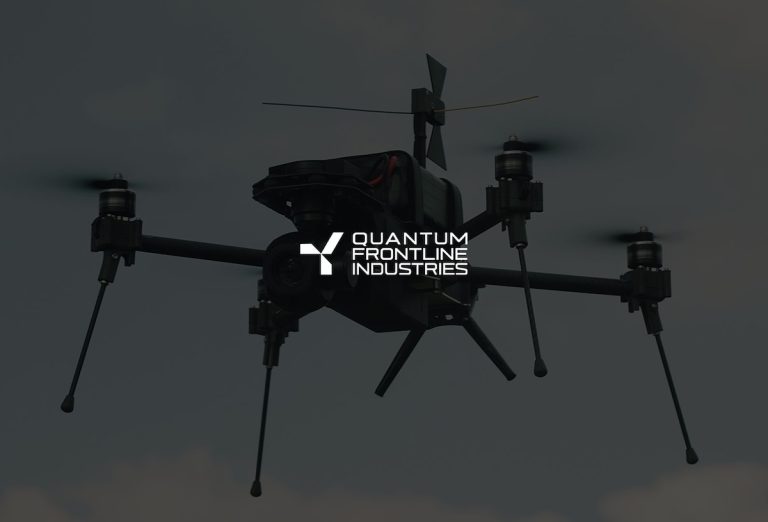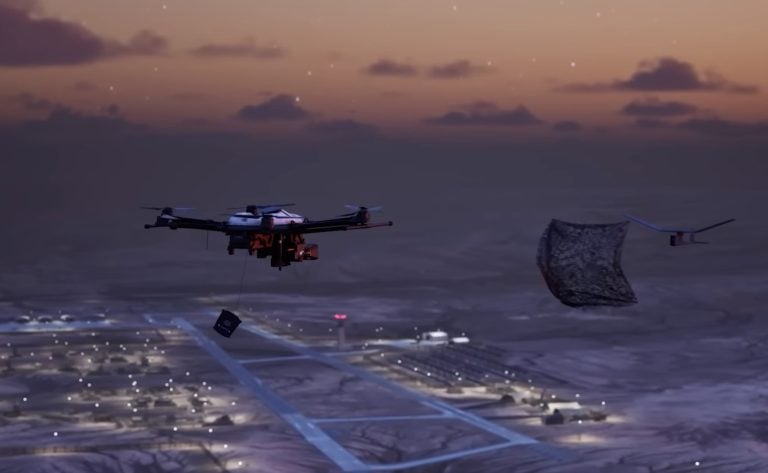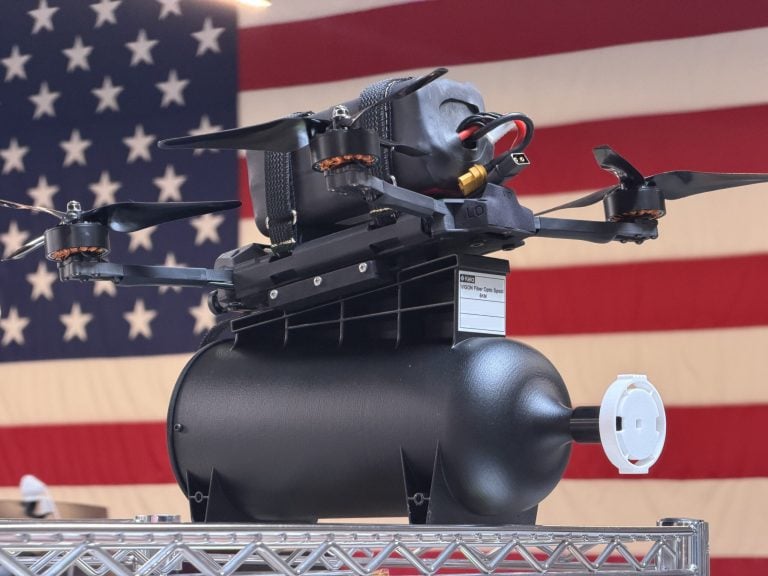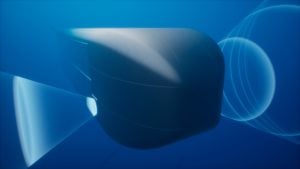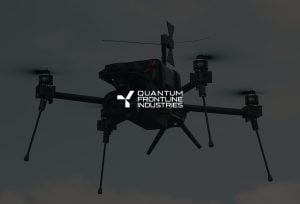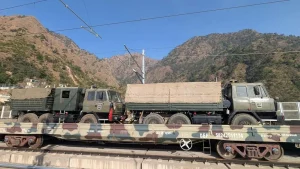AeroVironment’s Wildcat uncrewed aircraft system (UAS) has made significant advancements under the Defense Advanced Research Projects Agency’s (DARPA) Early Vertical Take-off and Landing (VTOL) Aircraft Demonstration (EVADE) program. This innovative UAS has successfully completed transitions from vertical take-off to forward flight, showcasing the effectiveness of its propulsion and flight control systems.
Designed as a tail-sitting VTOL platform, the Wildcat is tailored for deployment from ship decks in contested maritime environments. Its architecture allows for autonomous launch and recovery, along with a compact structure that ensures stable flight capabilities. This design makes the Wildcat particularly suitable for operations in coastal areas where infrastructure may be limited.
Chris Fisher, the Vice President of AeroVironment’s MacCready Works Novel Systems, highlighted the rapid pace of development, stating, “In a matter of weeks, we’ve gone from system integration to full forward flight transitions, all while validating key subsystems. This is what innovation at operational speed looks like.”
In preparation for the testing program, AeroVironment implemented several technical upgrades to enhance the Wildcat UAS in accordance with DARPA’s EVADE requirements. These enhancements include the introduction of a new Visual Precision Landing System, the integration of government-furnished software, and testing of a modular autopilot accompanied by an onboard artificial intelligence processing unit.
Currently, the company is equipping the Wildcat with modular payloads designed for a variety of operations, including intelligence, surveillance, reconnaissance, and communications. Upcoming trials will focus on simulating maritime operations, where the aircraft will practice transitioning between hover and forward flight while performing payload-driven tasks in diverse scenarios.
The EVADE program is an integral part of DARPA’s broader AdvaNced airCraft Infrastructure-Less Launch And RecoverY (ANCILLARY) initiative. This program aims to develop lightweight VTOL drones capable of being deployed en masse from ships or other remote locations, effectively transforming a single platform into a launch hub for various uncrewed systems.
Looking ahead, test flights for the ANCILLARY Phase 2 are set for 2026, with a keen emphasis on the early integration of autonomy and mission payloads. As the Wildcat continues to evolve, it stands at the forefront of a new era in uncrewed aerial operations, promising enhanced capabilities for military and maritime missions.
